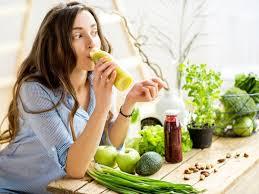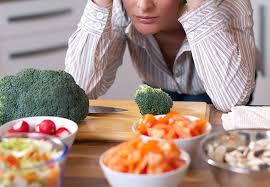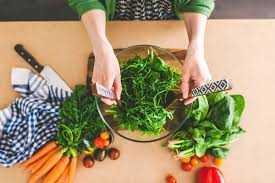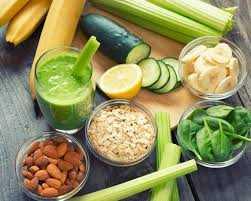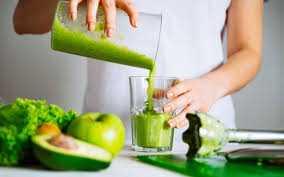Explore the World's Best Ideas
Join today and uncover 100+ curated journeys from 50+ topics. Unlock access to our mobile app with extensive features.
Orthorexia
It is a serious eating disorder, manifesting as an obsession with consuming only foods that are healthy, pure and perfect.
39
565 reads
Clean eating and its rise in popularity
“Clean eating” established itself as a challenge to mainstream ways of eating. It's perhaps best seen as a dream of purity in a toxic world.
Powered by social media, it has been more absolutist in its claims and more popular in its reach than any previous school of modern nutrition advice.
32
205 reads
"Pure" food
Clean eating is about eating nothing but “whole” or “unprocessed” foods.
It has quickly become more of a belief system, which propagates the idea that the way most people eat is not simply fattening, but impure.
31
303 reads
Clean eating backlash
Clean eating has been attacked by critics as being a form of body fascism. Others have pointed out that, as a method of healthy eating, it’s founded on bad science: for example, the coconut oil beloved as a panacea by clean eaters actually has no known offsetting favorable effects, and consuming it could result in higher LDL cholesterol.
33
276 reads
Clean eating and post-truth
Clean eating shows few signs of dying and one possible explanation is offered by Hadley Freeman, who identified clean eating as part of a post-truth culture, whose adherents are impervious, or even hostile, to facts and experts. It’s impossible to avoid the trend altogether because it changed the foods available to all of us, and the way they are spoken of.
30
185 reads
#eatclean trend consequences
From 2009 to 2014, the number of Americans who actively avoided gluten, despite not suffering from coeliac disease, more than tripled.
It also became fashionable to drink non-dairy milk, ranging from oat milk to almond milk.
29
222 reads
Clean eating is not entirely false
....because it's right to say that we should eat more vegetables, less refined sugar and less meat.
30
284 reads
IDEAS CURATED BY
Brianna S.'s ideas are part of this journey:
Learn more about health with this collection
Different Easter traditions around the world
The significance of Easter eggs and bunnies in modern culture
The importance of the holiday in the Christian faith
Related collections
Similar ideas
5 ideas
9 ideas
10 ideas
Read & Learn
20x Faster
without
deepstash
with
deepstash
with
deepstash
Personalized microlearning
—
100+ Learning Journeys
—
Access to 200,000+ ideas
—
Access to the mobile app
—
Unlimited idea saving
—
—
Unlimited history
—
—
Unlimited listening to ideas
—
—
Downloading & offline access
—
—
Supercharge your mind with one idea per day
Enter your email and spend 1 minute every day to learn something new.
I agree to receive email updates

